Growing sweet peppers: subtleties and features
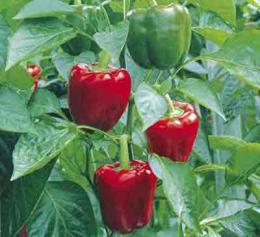
Pepper is an annual plant brought to us from Central America, which delights with its bright and delicious fruits. Although this culture is accustomed to living in more southern regions, with proper care and planting, it takes root quite well here too. There are about two thousand types of pepper, but in this article we will talk in detail about sweet pepper, or it is also called bell pepper.
Content:
Preparing seedlings for pepper
Growing sweet peppers is not an easy task, but it is quite accessible to everyone if you prepare in advance.
- Seeds for planting You can buy it, or you can assemble it yourself. First you need to treat them - soak them in cool, settled water with a piece of aloe, or with a small amount of potassium permanganate solution in order to kill all microbes and save the seeds from any external damage.
- It is best to sow seeds in late February - early March, so that they germinate approximately 80-90 days before planting in the ground.
- Sweet peppers, the cultivation of which is a pleasure, do not like and do not tolerate transplants well, therefore, at the moment of planting the seeds, you need to immediately plant them separately from each other so that there is no “cover” of peppers. It’s better to take separate cups or boxes for this.
- The seeded peppers should be watered generously and covered with film until the first leaves appear.After this, the film must be removed and periodically watered with purified and warm water. But do not overdo it - pepper does not like dry soil, but also does not tolerate constant high humidity of the root system.
- The air in the room should not be too dry, so ventilate it well, but at the same time protect the pepper from drafts. If you planted peppers back in February, then you need to additionally monitor the lighting - since the days are short in winter and there is not enough daylight.
- For that, so that the seedlings take root in the ground, you need to “harden” it by taking it outside in sunny weather, and even in the rain, but if it freezes, under no circumstances take the seedlings outside.
- The length of the plant should be approximately 20-25 cm, then such seedlings will take root better. Before planting, be sure to ensure that the roots are pulled out from the ground; this prevents them from damaging the root system.
Planting in greenhouses and soil
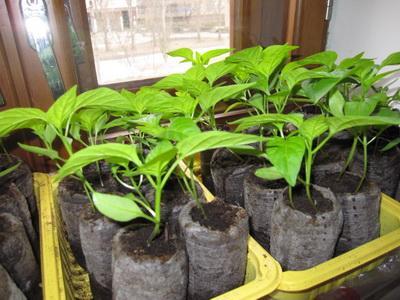
If you decide to plant sweet peppers in a greenhouse, then you need to plant them at the very beginning of May, and they should bloom almost immediately (if planting took place in February).
Closer to May, the seedlings should be taken to the greenhouse and kept under oilcloth until the temperature stabilizes and is above 15 degrees. But under no circumstances should you pick up the seedlings, but simply place them in glasses or boxes under film.
For planting sweet peppers Soil on which onions, cucumbers, tomatoes, eggplants, and potatoes were previously planted is suitable for open ground. You can plant only when there are at least 5-7 leaves on the stem. It is best to prepare the soil before planting. To do this, you need to purchase organic fertilizers - approximately 5 kg per 1 square meter.Before planting, it is best to warm the ground by covering it with arcs of film.
You also need to find a place that will be hidden from the wind, for example, a month before planting, plant tall plants nearby. But the pepper does not need to be protected from the sun. Bell peppers should be planted around the beginning of June. The rows should be 50-60 cm apart from each other, and the peppers should be 40-50 cm apart. The plant should be deepened to the first leaf.
You can immediately place pegs for garter next to the plant, since pepper is a very delicate plant and when the fruits grow, it will be difficult for the stem to hold on and not break. In the first days after planting, the pepper takes root and gets sick, so it needs help - loosen the soil for better air supply to the root system.
Until the plants take root, they must be kept under film. If it is too hot outside, the film should be opened slightly during the day.
If you decide to plant several types of peppers in your garden, then they need to be planted as far apart as possible, since the peppers undergo pollination.
Care and feeding of bell peppers
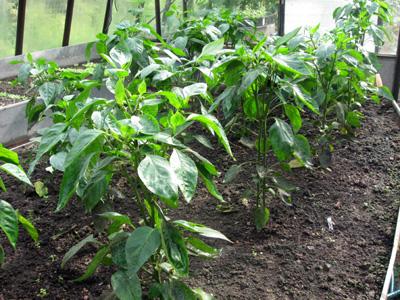
Like any plant, pepper also needs watering. But there is no need to overdo it, especially until mid-summer, since at this time it is the bush itself that grows, and only then the fruits begin to appear. If the bush grows too large, it may break. And from the second half of summer you can start watering more abundantly, as the fruits themselves grow. You can use nettle tincture.
If the plant crumbles, then this is a clear sign that it is drying out. The soil needs to be loosened periodically to a depth of 7-8 cm, since peppers cannot tolerate crusts. Loosening also protects from weeds and other vegetation.In order to reduce the load on the bush, unproductive shoots and lower leaves must be removed.
Fertilizing also plays an important role in growing sweet peppers. It needs to be done only 2 times per season - during the flowering of the pepper and when it bears fruit. You can feed it with mullein and bird droppings and also with fertilizers that contain magnesium. Do not feed with lime.
Ready fruits should be collected in late autumn, but before frost. To grow sweet peppers for seeds, you need to pick a beautiful and juicy fruit, put it on the windowsill until it is completely ripe. When it all wrinkles, you need to select all the seeds from it, which should not be washed, but simply dried and hidden for storage in a secluded place.
You also need to remember protect the plant from pests, spraying the bush with wood ash 3 times throughout the entire season. Pepper is a healthy food product, so it is worth planting by everyone who has a piece of their own land. Also, such a plant will decorate your garden bed, especially if you plant different varieties, because there are an incredible amount of them.
Pepper can be wrapped in jars so that you can enjoy its wonderful taste in the cold winter. This is a great addition to all types of pasta. Plant peppers and enjoy the harvest!
Learn the secrets of growing bell peppers from the video:
Interesting information about the vegetable garden

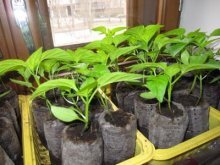

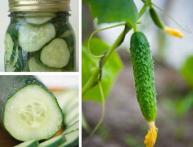

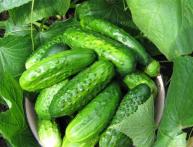
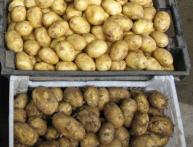
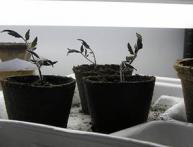

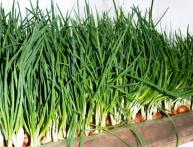

Comments
I really love eating sweet peppers, but, unfortunately, I have never had the opportunity to grow them myself. Thanks to this article, I learned all the information I was interested in.
I tried to grow sweet peppers in the garden, but something didn’t work out for me, the plants were very small 90-100 mm, they practically didn’t grow, and the fruits were tiny and didn’t grow at all, it seems to me that the problem is not in the soil, since tomatoes, those growing nearby took root well and bore fruit abundantly! What is this connected with?
I tried to grow sweet peppers, but it didn’t work out. There were a lot of seedlings, but some were eaten by the cat, and some stretched out on the windowsill so that planting in the ground became problematic. As a result, out of 60 units of seedlings, only 10 were able to be transferred to the garden..(and even those turned out to be frail and small. Probably the hands were in the wrong place..(
thank you.. I can’t grow good peppers..